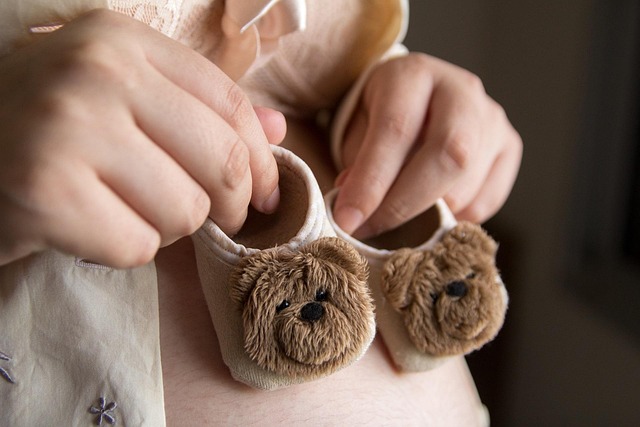As an educator, I faced a significant decision regarding my September-born child when it came time for kindergarten enrollment. My journey began with a miraculous realization just days after an unexpected moment of intimacy—I was pregnant with our second child. At 35 years old, this was a surprise, but as soon as I learned my due date was in early December, I knew I would have a September baby.
In our current educational climate, being born in September carries distinct implications. I quickly became aware of the conversations surrounding school readiness. Other mothers frequently asked about my plans for kindergarten, and I noticed a noticeable tension in their voices. Many shared their experiences, revealing that those who chose to hold back their late-born boys felt overwhelmingly positive about their decision. Conversely, those who didn’t often faced the repercussions of having their children repeat a grade, which led to social pressures and regret. They unanimously advised me to consider the benefits of postponing my child’s school start date, citing factors like maturity, social skills, and developmental readiness.
As a seasoned educator with years of classroom experience and a doctorate in special education, I understood the academic landscape. I knew that today’s kindergarten expectations often mirror those of first grade. My professional knowledge was a double-edged sword; while it informed my understanding of child development, it did not simplify my decision-making process.
Ultimately, I decided to redshirt my September boy, but my reasons were more nuanced than mere academic readiness. As we approached the school registration date in January, I found myself grappling with the dilemma of whether to start him early. The pressure of making the right choice weighed heavily on me. I reflected on his abilities and the demands he would face.
Observing him one morning, deeply engaged in building a Lego suspension bridge, I saw the essence of childhood that I wanted to preserve. He was focused, creative, and happy—qualities that made me realize this wasn’t just a decision about education; it was about giving him the gift of time.
We chose to allow him an extra year to simply be a child. This meant leisurely mornings in our pajamas instead of rushing off to school. He enjoyed another year filled with unstructured play, imaginative dress-up, and relaxed meals delivered to his classroom rather than navigating the often chaotic school lunchroom.
As I reflected on the demands placed on school-aged children today, I recognized that being born in September meant more than just a date; it carried weighty expectations. While I respect the traditional path, I was committed to protecting my child from its pressures.
Now, as we near the end of the school year, I am confident that giving him that extra year was the right decision. He entered kindergarten ready, confident, and excited about learning. His enthusiasm for school is palpable—a joy that likely wouldn’t have flourished without that additional time. Ultimately, the advantages we sought were not about his physical size compared to others, but rather about nurturing a happy, engaged learner.
In summary, my experience as an educator shaped my decision to redshirt my September child, ultimately leading to a positive outcome for his educational journey. If you’re considering similar choices, resources like this informative article and this Wikipedia entry on artificial insemination may provide valuable insights. Also, if you’re exploring family planning options, check out the Cryobaby at-home insemination kit for more information.
